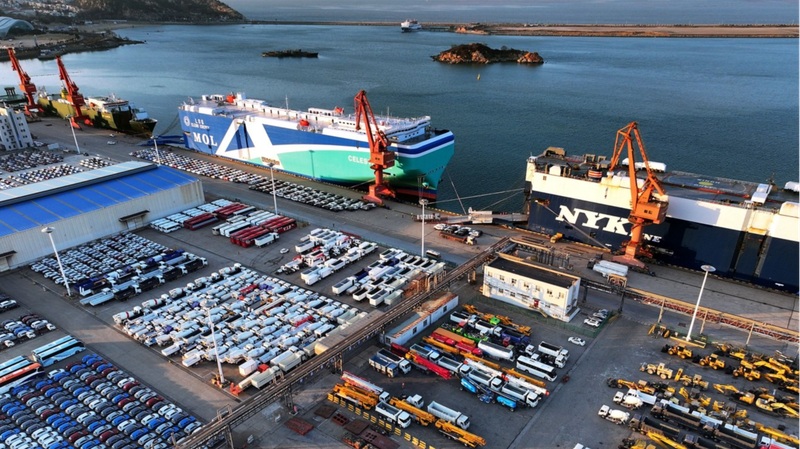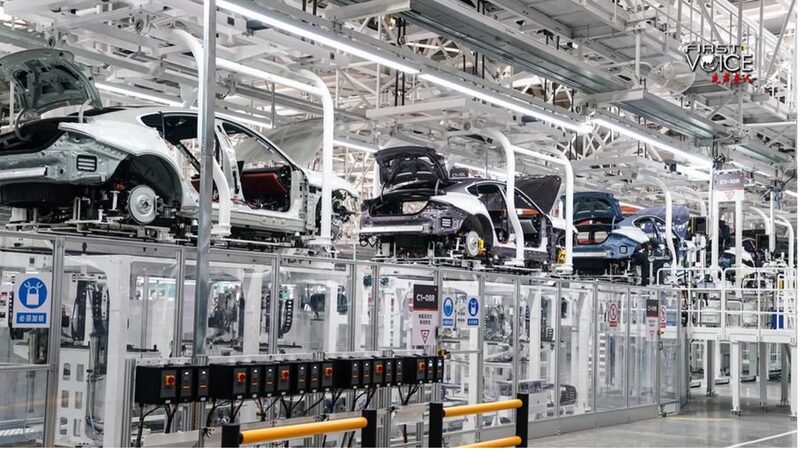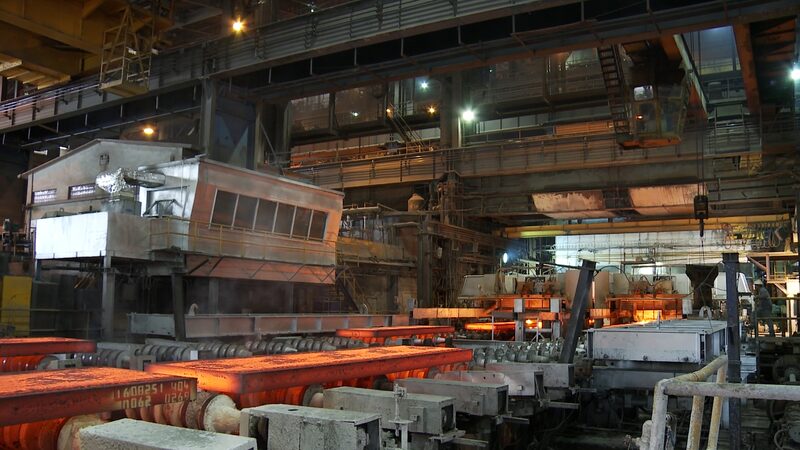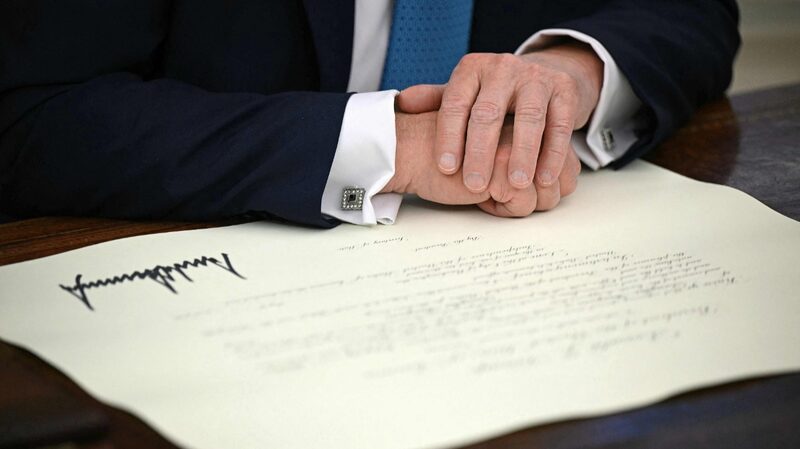On February 10, U.S. President Donald Trump announced new 25 percent tariffs on all steel and aluminum imports into the U.S. Many critics believe that yet more import duties are coming.
Trump has framed tariffs as a tool to stimulate the U.S. economy, protect jobs, generate tax revenue, and pressure other countries into trade talks. However, this strategy could backfire, potentially weakening America's growth, raising the cost of living at home, and causing economic disruption worldwide.
The new policy has a broader influence, particularly affecting major sources of U.S. steel imports such as Canada, Brazil, Mexico, South Korea, and Vietnam, according to data from the American Iron and Steel Institute. A 25 percent tariff would be a significant impediment to these cross-border trades and is likely to hurt the U.S. economy in return. Even Trump himself has acknowledged that tariffs will harm Americans.
Academic and governmental studies confirm that tariffs have raised prices in the U.S. and lowered its economic output and employment since 2018. These taxes were almost completely absorbed by American consumers and retailers. There is resounding evidence that new tariffs will be passed to U.S. importers and consumers, severely affecting lower-income households and hindering growth while pushing up prices.
The U.S. understands the severe repercussions of tariffs on its citizens. In 2019, Joe Biden denounced Trump's tariffs on China, stating, \"He thinks tariffs are being paid by China. Any freshman econ student could tell you that the American people are paying his tariffs.\"
This criticism led to hopes that Biden, upon becoming U.S. president, would rescind these duties to alleviate some of the economic worries of Americans. Yet, in his ideology-driven pursuit of weakening China economically, the former U.S. president kept those levies in place, which hit Americans hard and eventually became a political liability for his party in the 2024 U.S. presidential election.
Levies will not make a significant impact on the Chinese economy given that China is comparatively less dependent on the U.S., thanks to its steady shift to domestic production and consumption and trade with other countries. Studies by the CPB Netherlands Bureau for Economic Policy Analysis show that Chinese exports are outpacing global trade—with Chinese exports up 12 percent or more in volume terms while global trade is growing at around 3 percent.
Reference(s):
Trump's tariff approach is unwise both as a policy tool and a strategy
cgtn.com








